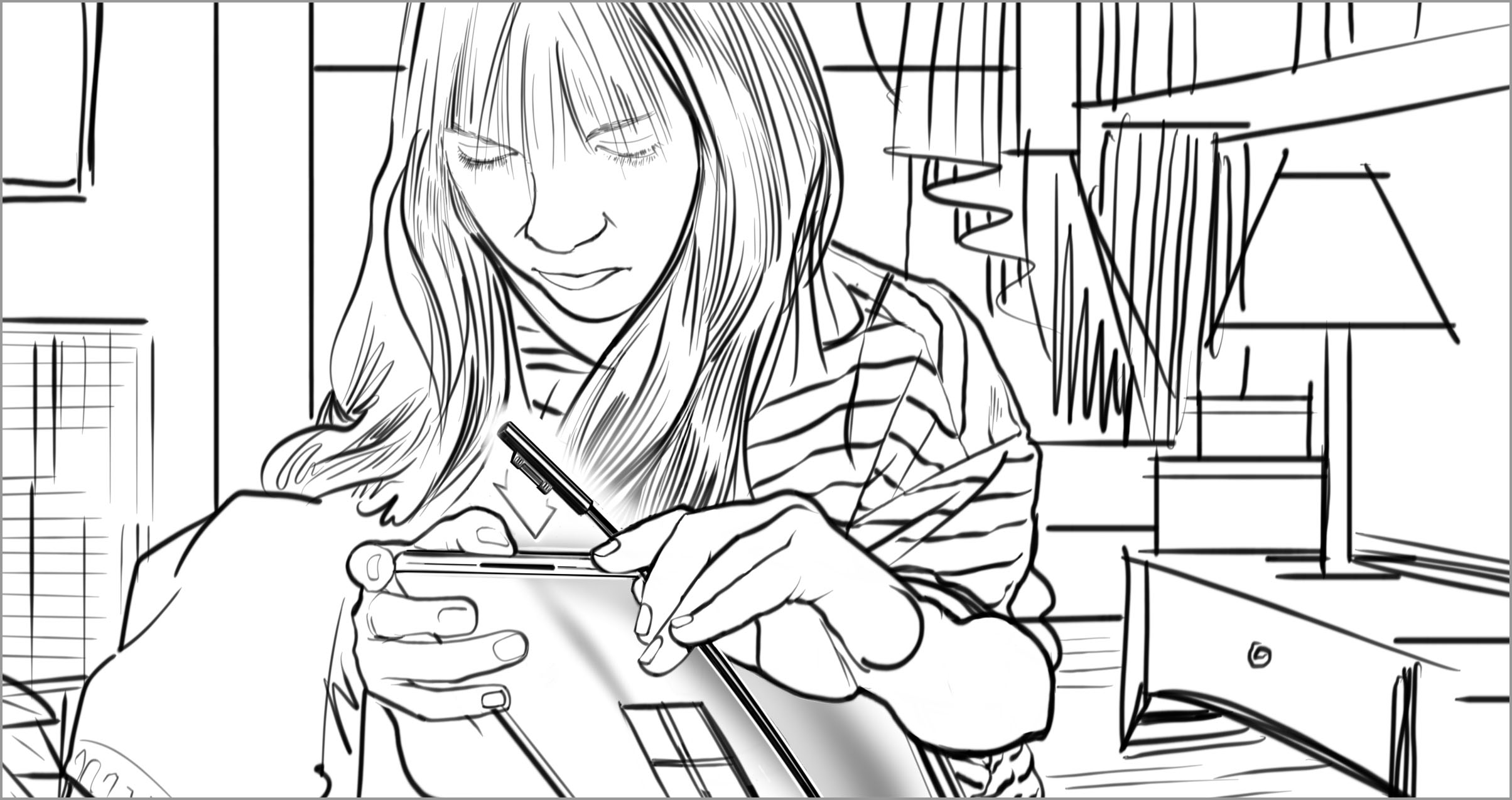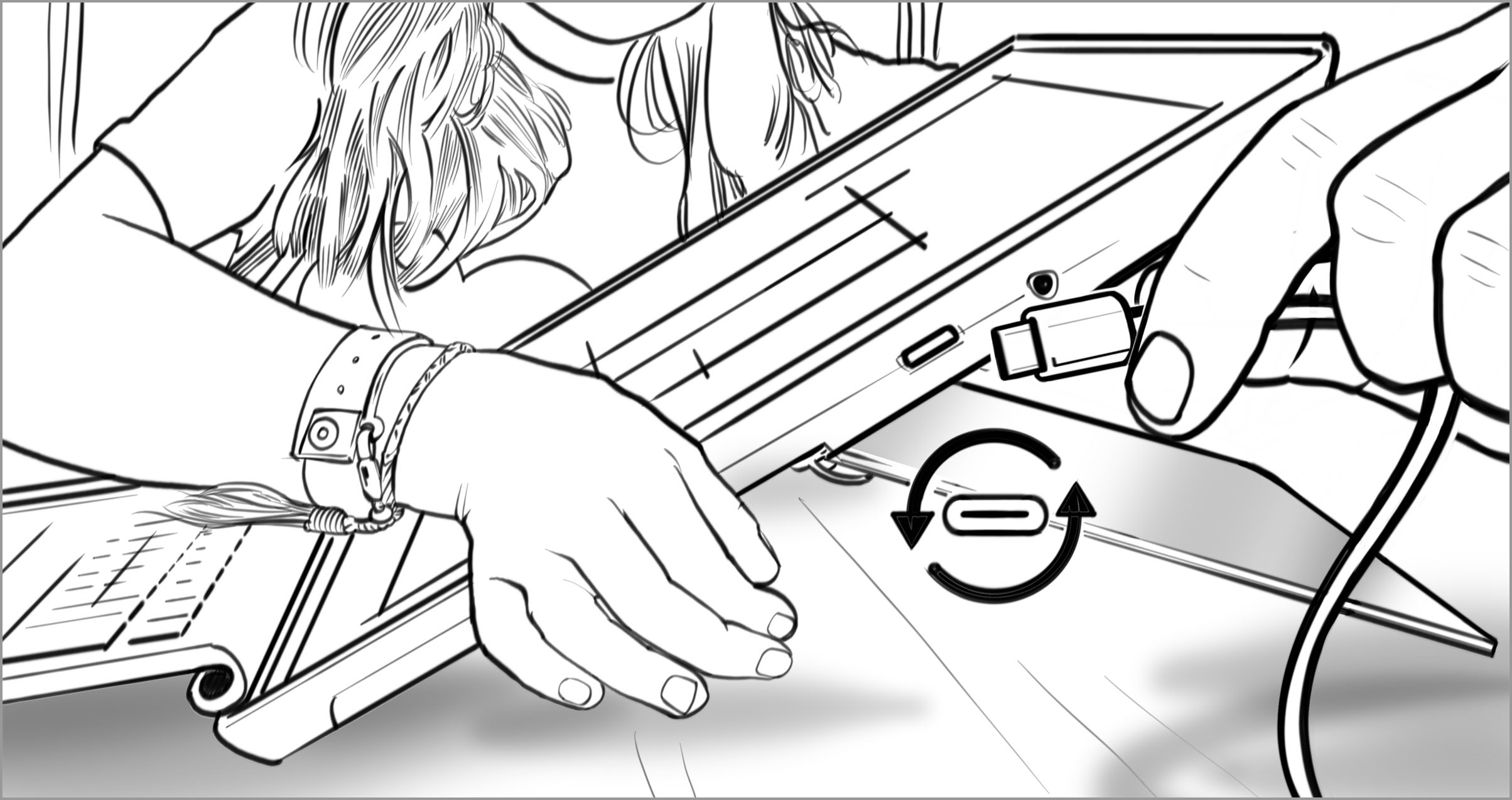Coordination
The ability to perform actions accurately and smoothly.
Coordination is required to perform almost every aspect of daily living. For every action we perform, we're required to subconsciously select the right muscles at the right time and with proper intensity. We coordinate our leg and feet movements to walk, our arm movements to accurately reach for things, and our vision in conjunction with both of these.
Difficulties with coordination can create frustrations like missing your mouth when bringing a cup of water to it or overshooting a door handle when reaching for it.
With technology, we must coordinate what we see on our screen with the actions of our arms, hands, and fingers. Difficulty with coordination may result in hitting the wrong buttons, accidentally activating something on a touch screen, struggling with mouse movements, having trouble using a pen on a tablet device, or a general lack of accuracy and precision when interacting with a design.
Coordination can be impacted by neurological conditions such as multiple sclerosis, cerebral palsy, or Parkinson’s. Coordination can also be impacted by physical injuries to the head or the effects of a stroke.
Barriers
- Experiences that require accuracy and precise movements (such as pressing buttons with small surface areas, or connecting cords into their ports)
- Movement-based navigation through an experience (such as use of a mouse and cursor, use of a pen on screen, arm/hand-based movements for virtual reality menu navigation)
Facilitators
- Alternate input methods that aren’t dependent on physical movement (such as voice command, eye gaze)
- Ability to alter settings related to the sensitivity of inputs (such as altering cursor speed sensitivity or having a prominent undo function)
- Support for inputs that have a larger surface area that require less accuracy to activate
- Hardware connections like USB-C that provide a more forgiving experience
Examples

BARRIER — Ports that are small or require precise orientation are more difficult to insert.

FACILITATOR — Hardware connections such as USB-C are more forgiving because they can be inserted in either orientation.
The purpose of this reference is to provide concepts people can use to document and discuss aspects of function. Design should happen with people with disabilities, this reference is meant to support that activity, not replace it.